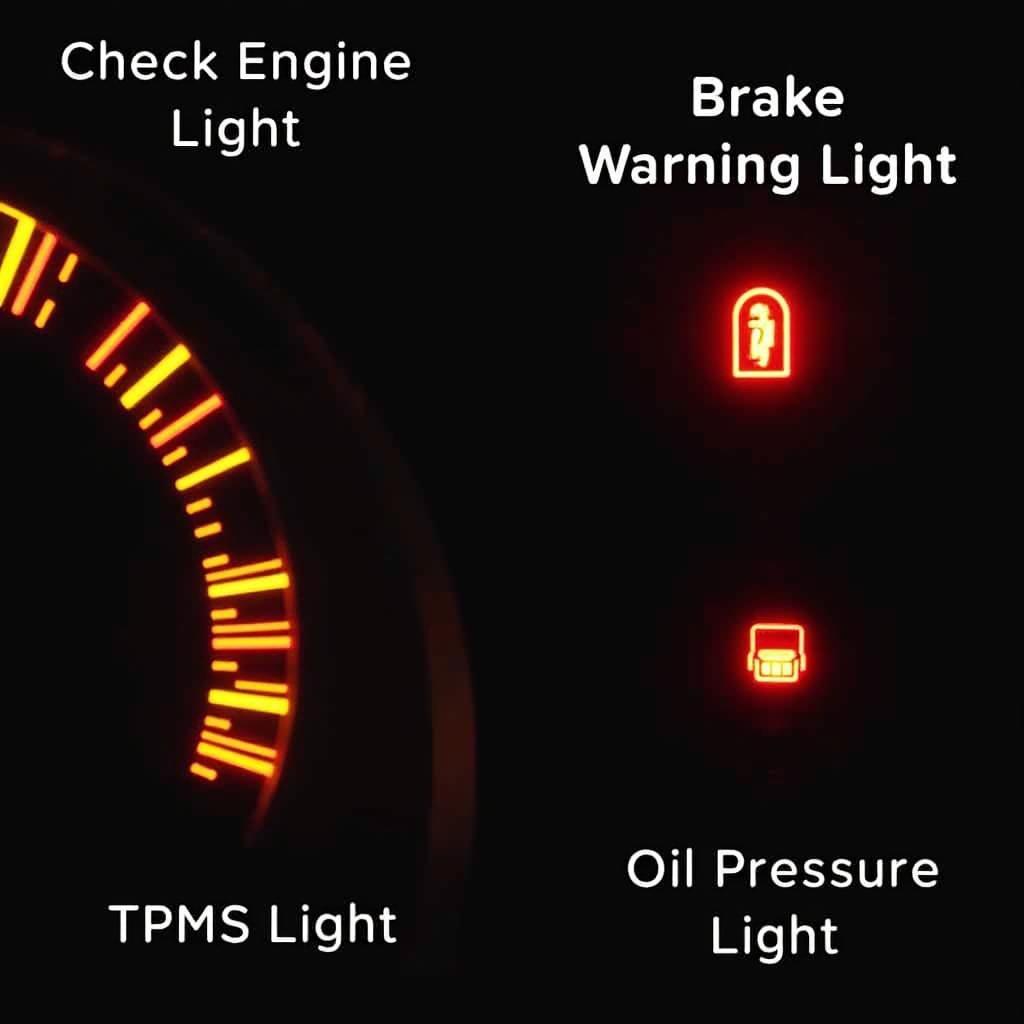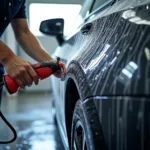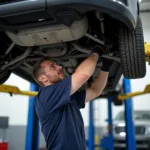Emergency services in cars are features designed to assist drivers in critical situations, ensuring safety and minimizing potential damage. These features can range from basic tools like spare tires and hazard lights to more advanced technologies like automatic emergency braking and SOS systems. Understanding these services is crucial for every driver, allowing them to act effectively in emergencies and potentially save lives. More than just convenience, these services offer peace of mind, knowing that help is just a button press away. Want to know more about how best to use an app for car servicing? Check out which is the best car service aap.
Essential Emergency Services Found in Most Vehicles
Most vehicles come equipped with a standard set of emergency services. These vital tools are often overlooked until needed, emphasizing the importance of familiarity and proper maintenance.
- Spare Tire: A necessity for handling flat tires. Ensure you know how to change a tire and that your spare is properly inflated.
- Jack: Used to lift the car for tire changes. Practice using the jack safely on level ground.
- Lug Wrench: The tool needed to remove and tighten lug nuts when changing a tire.
- Hazard Lights: Alert other drivers to your vehicle’s disabled state, especially in low visibility conditions.
- First-Aid Kit: While not directly related to the car’s operation, a well-stocked first-aid kit is essential for addressing minor injuries following an accident.
Advanced Emergency Services in Modern Cars
Modern vehicles often boast advanced emergency services powered by sophisticated technology. These features enhance driver safety and provide immediate assistance in critical situations.
- Automatic Emergency Braking (AEB): This system automatically applies brakes to avoid or mitigate collisions, especially at low speeds.
- Electronic Stability Control (ESC): Helps maintain control of the vehicle during skids or loss of traction.
- SOS Systems: These systems connect the driver to emergency services with the push of a button, transmitting the vehicle’s location. Some systems even activate automatically after an airbag deployment. Learn more about how to get your car serviced at your home in bhilai: can car service be done at home in bhilai.
- Roadside Assistance Programs: Many manufacturers offer roadside assistance programs which provide services like towing, jump starts, and flat tire changes.
How to Utilize Car Emergency Services Effectively
Knowing what emergency services your car offers is the first step; knowing how to use them is crucial.
- Read the Owner’s Manual: Your vehicle’s owner’s manual provides detailed instructions on using each emergency feature.
- Practice: Familiarize yourself with the location and operation of tools like the jack and lug wrench. Practice changing a tire in a safe environment.
- Maintain: Regularly check the condition of your spare tire, jack, and first-aid kit. Ensure they are in working order.
- Understand Advanced Features: If your car has advanced features like AEB or an SOS system, understand their limitations and how to activate them.
Understanding Emergency Service Lights and Indicators
Your car’s dashboard warning lights are critical indicators of potential issues, including those requiring emergency attention. Ignoring these lights could lead to further damage or dangerous driving conditions. For further clarification on what “Service ESC” means on your car, read more: what is service esc on a car.
- Check Engine Light: Indicates a problem with the engine’s emissions system or other components. While not always an immediate emergency, it requires prompt attention.
- Tire Pressure Monitoring System (TPMS) Light: Alerts you to low tire pressure, which can affect handling and increase the risk of a blowout.
- Brake Warning Light: Signals a problem with the braking system, requiring immediate inspection. Ignoring this light could compromise your ability to stop safely.
- Oil Pressure Warning Light: Indicates low oil pressure, which can lead to severe engine damage. Stop driving immediately if this light illuminates.
 Understanding Car Warning Lights for Emergency Situations
Understanding Car Warning Lights for Emergency Situations
Conclusion
Emergency services in cars are vital safety features that can provide crucial assistance in unexpected situations. From basic tools like spare tires to advanced technologies like SOS systems, understanding and maintaining these services is every driver’s responsibility. Being prepared and knowing how to react can make all the difference in an emergency. Reviewing your car’s features and ensuring their proper functionality will give you the confidence and preparedness needed on the road. For information on the amount of engine oil used during a car service, refer to how much engine oil is ysed in car service. Remember, being prepared is the best way to navigate any automotive emergency.
FAQ
- What should I do if my car breaks down on the highway?
- How often should I check my spare tire pressure?
- Does my car insurance cover roadside assistance?
- How can I learn more about my car’s specific emergency features?
- What should I include in my car’s first-aid kit?
- How does automatic emergency braking work?
- What is the difference between ESC and traction control?
If you need any assistance, please don’t hesitate to contact us via WhatsApp: +1(641)206-8880 or Email: [email protected]. Our customer support team is available 24/7. Learn about using Uber car service through our guide: how to use uber car service. You can also explore other helpful articles on our website related to car maintenance and troubleshooting.

